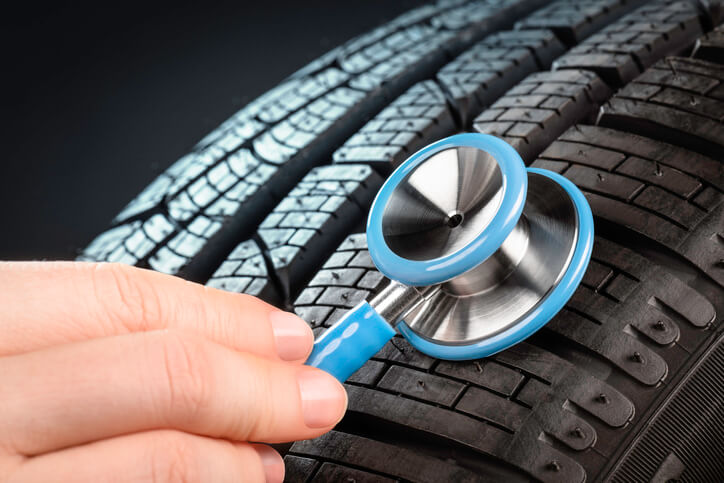
Tire maintenance is a crucial aspect of vehicle care that impacts both safety and performance. Advances in technology have significantly enhanced the tools and machines used for tire maintenance, making the process more efficient and effective than ever before. In this article, we’ll explore the latest innovations in tire machine technology, how they simplify tire maintenance, and why they’re essential for both professionals and vehicle owners.
The Importance of Tire Maintenance
Tires are the only contact point between a vehicle and the road, making them critical for safety, handling, and fuel efficiency. Proper tire maintenance involves several key activities:
- Inflation Pressure: Correct inflation pressure ensures optimal tire performance and longevity.
- Tread Depth: Sufficient tread depth provides traction and prevents hydroplaning.
- Alignment: Proper alignment prevents uneven tire wear and ensures vehicle stability.
- Balancing: Balancing minimizes vibrations and improves ride comfort.
- Rotation: Regular rotation promotes even wear across all tires, extending their lifespan.
Evolution of Tire Machine Technology
Advancements in tire machine technology have revolutionized the way tires are serviced. Modern tire machines integrate sophisticated features that automate and streamline maintenance tasks, making them more accurate and less labor-intensive. For a deeper exploration of the capabilities and models of modern tire machine technology, check out the latest innovations designed to streamline tire maintenance tasks. Here are some key innovations driving the evolution of tire machine tech:
- Automatic Tire Inflators: These devices accurately inflate tires to the recommended pressure with minimal manual input, reducing errors and ensuring consistent results.
- Digital Tread Depth Gauges: High-precision gauges measure tread depth quickly and accurately, helping technicians assess tire condition and recommend replacements when necessary.
- Computerized Wheel Aligners: Advanced aligners use sensors and software to precisely measure wheel angles and adjust alignment settings accordingly. This improves vehicle handling, reduces tire wear, and enhances fuel efficiency.
- Dynamic Wheel Balancers: These machines detect and correct imbalances in real-time, ensuring smooth operation and minimizing vibrations that can lead to premature tire wear and discomfort for passengers.
- Automated Tire Changers: Modern tire changers feature ergonomic designs and automated functions that simplify the process of mounting and dismounting tires. Some models can handle a wide range of tire sizes and types, making them versatile for various vehicles.
Benefits of Advanced Tire Machine Tech
The adoption of advanced tire machine technology offers several benefits to both service providers and vehicle owners:
- Improved Efficiency: Automated processes reduce service times, allowing technicians to handle more customers efficiently.
- Enhanced Accuracy: Precision instruments ensure measurements and adjustments are performed to exact specifications, reducing the likelihood of human error.
- Cost Savings: Enhanced efficiency and accuracy lead to reduced labor costs and fewer repeat services due to improved quality.
- Customer Satisfaction: Faster service and better results lead to higher customer satisfaction and retention rates.
Case Studies: Real-World Applications
To illustrate the impact of advanced tire machine technology, let’s consider a few real-world examples:
Case Study 1: Automotive Service Center
An automotive service center adopts a new computerized wheel aligner. The aligner’s ability to quickly diagnose and correct wheel alignment issues improves service turnaround times by 30%. This efficiency gain allows the center to handle more appointments daily without compromising on quality.
Case Study 2: Fleet Management Company
A fleet management company invests in automated tire inflators for its vehicle maintenance operations. The inflators’ ability to inflate tires accurately and efficiently reduces downtime caused by under-inflated tires, resulting in significant fuel savings across the fleet.
Case Study 3: Tire Retailer
A tire retailer installs digital tread depth gauges in its stores to provide customers with comprehensive tire assessments. By accurately measuring tread depth and advising on replacement intervals, the retailer enhances customer trust and satisfaction, leading to increased sales and repeat business.
Future Trends in Tire Machine Technology
Looking ahead, tire machine technology is poised to continue evolving with advancements in artificial intelligence (AI), robotics, and connectivity. Here are some anticipated future trends:
- AI-Driven Diagnostics: AI algorithms will analyze tire and vehicle data to predict maintenance needs and optimize performance.
- Robotics Integration: Robotic systems will automate complex tire maintenance tasks, further reducing reliance on manual labor.
- IoT Connectivity: Internet-of-Things (IoT) devices will enable remote monitoring and management of tire health, enhancing proactive maintenance strategies.
Conclusion
Effortless tire maintenance is becoming a reality thanks to the latest innovations in tire machine technology. These advancements not only simplify the tasks involved but also improve accuracy, efficiency, and customer satisfaction. Whether you’re a professional in the automotive industry or a vehicle owner looking to optimize performance and safety, embracing these technologies can make a significant difference in maintaining your tires and ultimately, your vehicle’s overall health and longevity. As technology continues to advance, the future of tire maintenance promises even greater convenience and reliability, ensuring that vehicles stay safe and efficient on the road.
